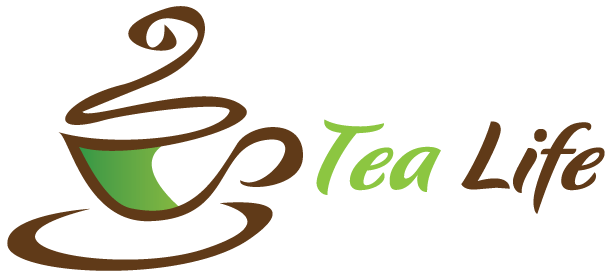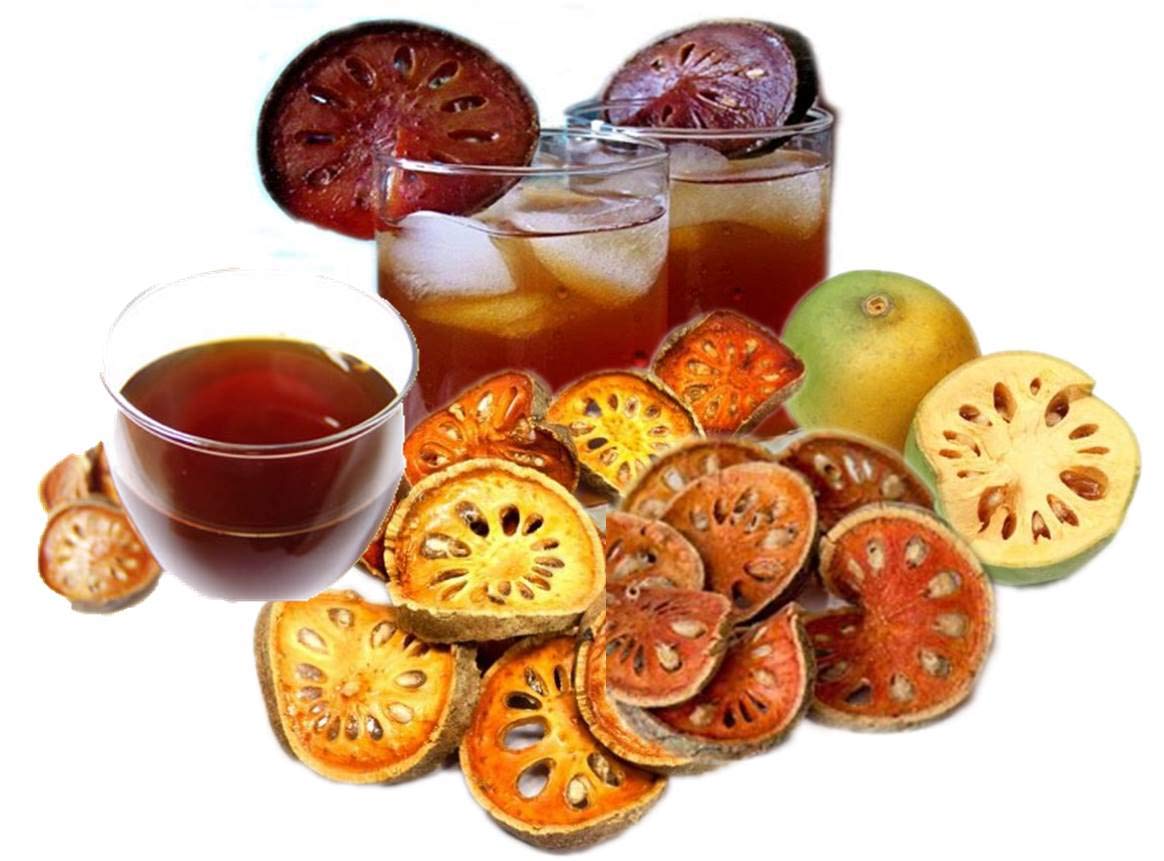Bael fruit tea is a traditional Thai tea made from the dried fruits of the Bael fruit. The Bael tree is considered a sacred tree by Hindus since they associate it with Lord Shiva, one of their supreme gods.
The Bael tree is important in the worship of Shiva. This is the reason why these trees are cultivated in the vicinity of the deity’s temples. The trifoliate leaves of this sacred plant represent creation, preservation, and destruction, which are all connected according to the Hindu religion. We love learning about the rich history of this plant and its uses.
Aside from being a sacred tree in Hinduism, different parts of the Bael are used in Ayurveda, the healing system which originated in India. The Bael fruit is used to help improve digestion, and the root is thought to relieve vomiting. The stem is also used and thought to relieve coughs, colds, and rheumatoid arthritis.

Characteristics of the Plant
The Indian Bael plant has many names which include Japanese bitter orange, stone apple, wood apple, Bengal quince, and golden apple. It is a mid-size deciduous tree that can grow up to 18m. The Bael tree is native to the Indian subcontinent and has naturalized throughout much of Southeast Asia. This tree which bears strong pines, white flowers, and nutritious fruits, is not only used medicinally, its wood is used for carts, construction, and fuel. While sweet-smelling cologne can be contained by distillation from its sweetly-scented flowers.
Modern Medicinal Value
The fruit of the Bael tree is highly nutritious and a good source of powerful antioxidants, protein, beta-carotene, thiamine (vitamin B1), riboflavin (vitamin B2), vitamin A, vitamin C, fibre, calcium, phosphorus, potassium, iron, niacin, and mineral salts. The highly nutritious plant makes tea that can boast a variety of health benefits. While there are limited recent studies done on the Bael fruit and its benefits, it is believed by many that it can help to aid many digestion issues and has cleansing properties due to its antioxidant and nutrient levels.
Flavour profile
We love Bael fruit tea for its tangy, fruity taste and hints of woody earthy flavour. We love this tea brewed warm with a drop of honey. The fantastic aromas of this beautiful tea will send you straight to Thailand.


Share:
Bacopa Tea - Ancient, Traditional, and Modern Benefits
Basil Tea - Ancient, Traditional, and Modern Benefits